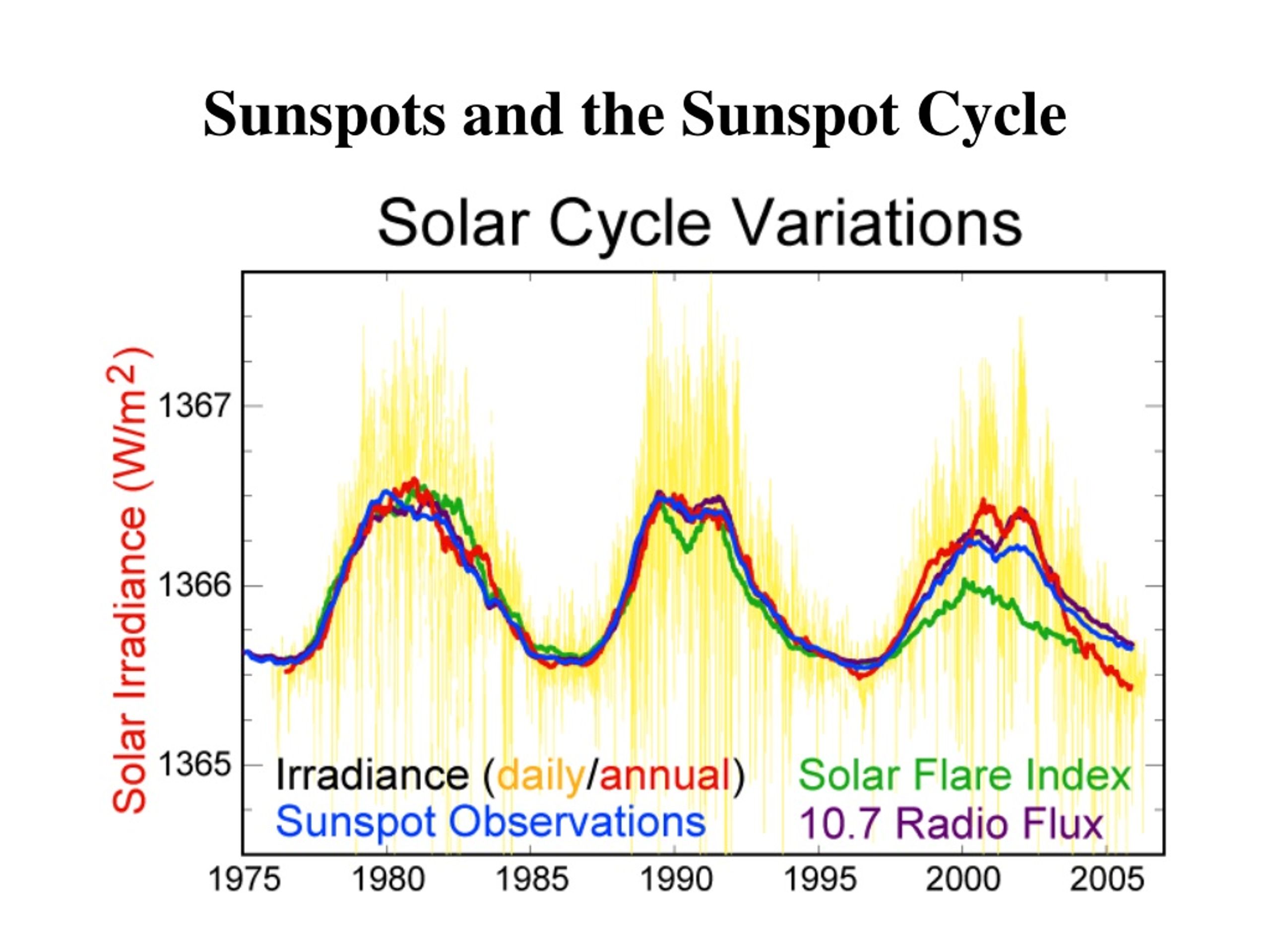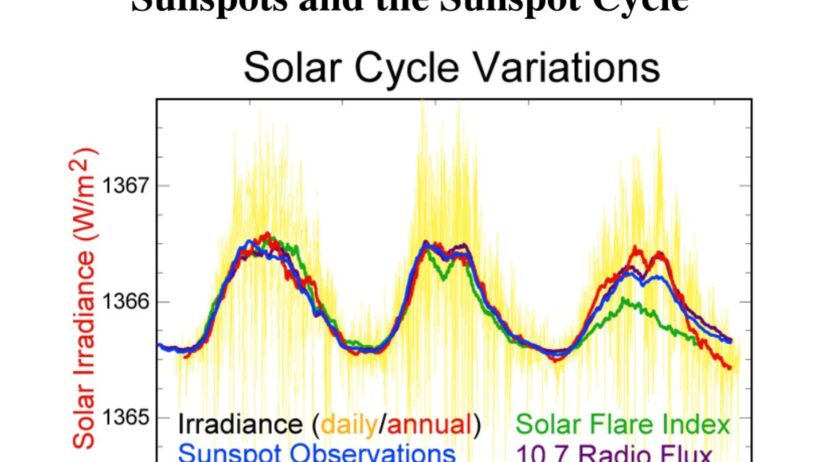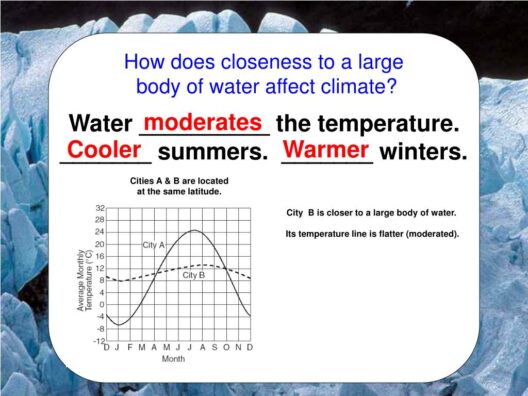Throughout history, humanity has gazed at the Sun in wonder, marveling at its brilliance while pondering its influence on Earth. One of the more intriguing phenomena related to the Sun is the occurrence of sunspots—temporary blemishes on the solar surface that appear darker due to their lower temperatures. But how do these sunspots affect Earth’s climate? This question plunges us into the realm of solar physics and climatology, revealing a complex interplay that continues to captivate both scientists and the public alike.
Sunspots are intrinsically tied to the solar cycle, an approximately 11-year rhythm that dictates the fluctuations in the number and size of these solar aberrations. Typically, during periods of solar maximum, when sunspots are abundant, the Sun emits a greater quantity of energy, whereas during solar minimum, sunspots diminish significantly. This cyclical behavior affects solar irradiance, the energy received from the Sun, which plays a crucial role in regulating Earth’s climatic systems.
While sunspots themselves are cooler than the surrounding areas—often measuring about 3,000 to 4,500 degrees Fahrenheit—they are often accompanied by solar flares and coronal mass ejections, which can intensify solar radiation output. The result is a fluctuating solar energy flux that can have a multifaceted influence on Earth’s climate patterns.
The relationship between sunspots and climate is far from linear. Historical records indicate that the Little Ice Age, a period from roughly the 14th to the 19th century that was marked by cooler temperatures in Europe and North America, coincided with a prolonged period of low sunspot activity known as the Maunder Minimum. This correlation raises essential questions about the extent to which natural climate variability is influenced by solar phenomena. Some scientists argue that greater solar output, linked to increased sunspot activity, can correlate with warmer climatic periods, while reduced solar activity can usher in cooler eras.
Moreover, the debate about the solar activity’s impact on climate has gained prominence in light of contemporary climate change discussions. While the Earth’s climate system is predominantly driven by greenhouse gas emissions due to human activity, the role of solar cycles, including sunspots, cannot be entirely disregarded. Understanding the contributions of natural variability is vital for developing accurate climate models and making reliable long-term forecasts.
Sunspots are also emblematic of the Sun’s magnetic activity, which manifests through the solar cycle. The magnetic dynamics not only govern the formation and disappearance of sunspots but also affect space weather phenomena. These interactions can have downstream effects on Earth, including geomagnetic storms that disrupt satellite communications and power grids. The intricate relationship between solar activity and the Earth’s magnetic field is yet another layer to the complex equation of climate influence.
While historical data provides ample evidence for the interaction between solar cycles and climate, the mechanism by which sunspots exert their influence is less straightforward. It is hypothesized that increased solar activity, associated with a high number of sunspots, may enhance the amount of cosmic rays reaching Earth, consequently affecting cloud formation. Changes in cloud cover can then influence albedo—the ratio of light that is reflected back into space versus that which is absorbed—thereby affecting surface temperatures.
Furthermore, satellite data has shown that variations in solar output due to sunspots can lead to alterations in atmospheric circulation patterns, including the jet stream, which are paramount in shaping regional weather conditions. Disentangling this multi-faceted relationship remains a challenge, particularly in an era where human-induced climate change is more pronounced.
One must also consider the geographical variability in responses to solar activity. Different regions may experience distinct climatic impacts from solar fluctuations, further complicating the relationship. For instance, whereas some areas may experience warming due to heightened solar irradiance, others might face cooling trends, reflecting the inherent complexities of the global climate system.
Ultimately, while the fascination with sunspots and their potential influence on the Earth’s climate stems from their observable effects, the nuanced scientific research behind these phenomena reveals a far more complex reality. The Sun, a distant inferno, remains central to our existence and climate, embodying both predictable patterns and enigmatic mysteries. Continuing research into solar activity, particularly as it relates to climate change, is imperative, as it will enable more accurate modeling and understanding of our planet’s finely-tuned climatic system.
As we confront the realities of anthropogenic climate change, the study of natural phenomena like sunspots provides a critical context. It invokes a deeper appreciation for the myriad factors that shape our climate landscape, combining elements of wonder and uncertainty. The relationship between sunspots and Earth’s climate is a puzzle still being pieced together, and delving deeper may unlock further revelations about our solar system and the enduring effects on our precious home.

www.slideserve.com
sunspot sunspots








